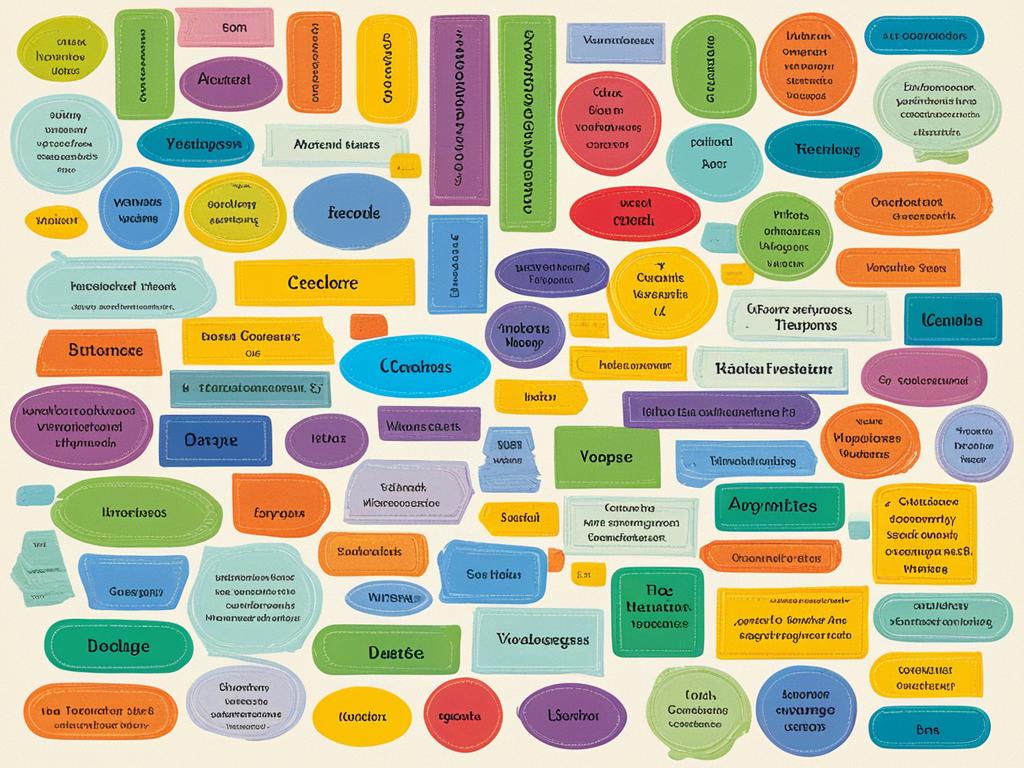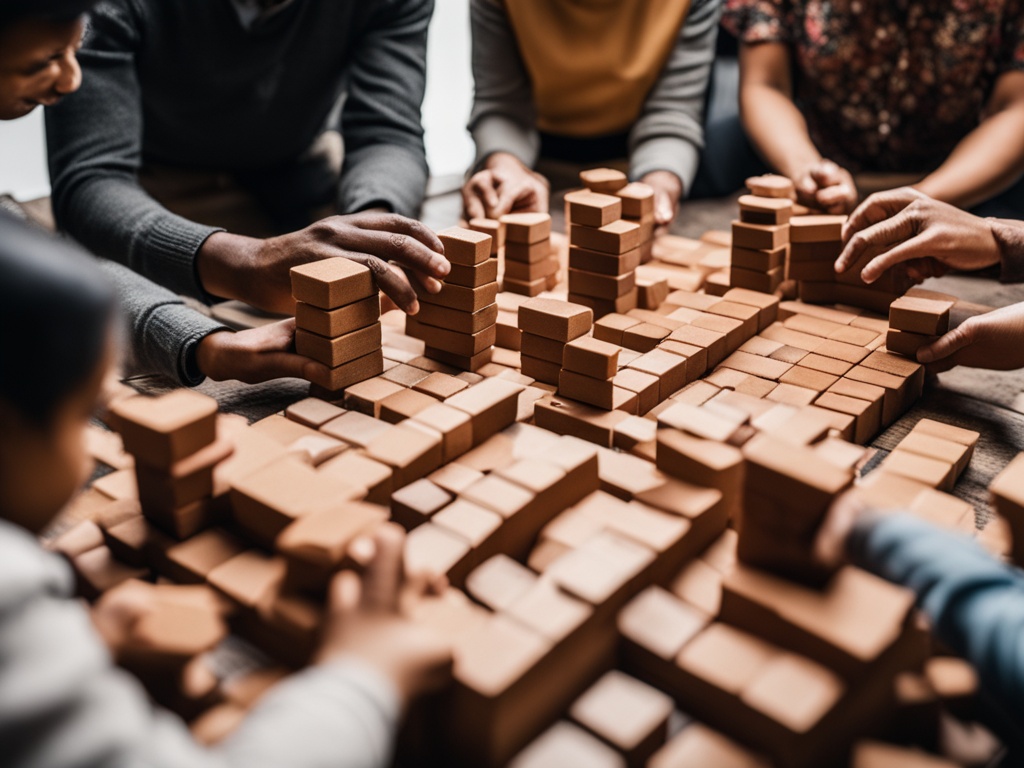
Vocabulary: Definition, Types and Examples
Vocabulary is the base of language, made up of words and their meanings. It’s what we use to talk, learn, and express ourselves. Knowing a lot of words helps us communicate better, do well in school, and show who we are.

This article will cover what vocabulary means, why it’s important, and its different types. By the end, you’ll see how powerful lexicon is and how to get better at using words.
What is Vocabulary?
It is the set of words we know and use. It’s key to clear communication, letting us share our thoughts and feelings well. This lexical repertoire is vital in school, work, and our personal lives.
Understanding the Importance of Word Knowledge
Our lexicon helps us understand the world better. With a good linguistic repertoire, we can share our ideas clearly, join deep talks, and get better at reading and writing.
The Role of Vocabulary in Communication
Good communication, in writing or speaking, depends a lot on our lexicon. Having more words lets us share our thoughts with precision. A strong vocabulary helps us speak with subtlety, avoid confusion, and make a strong impact on others.
| Aspect | Importance of Vocabulary |
|---|---|
| Academic Performance | A strong lexicon helps with understanding complex ideas and writing well. |
| Professional Development | At work, a good lexicon means clearer communication, better relationships, and more chances for moving up. |
| Personal Growth | Learning new words can make us appreciate language more, improve our thinking, and make our daily conversations richer. |

Types of Vocabulary
It is the base of language and can be split into different types. These types are based on how people use and apply words. The main categories are active and passive vocabulary. They show how well someone knows and uses words.
Active and Passive
Active vocabulary are the words people use often in talking and writing. These words are part of their linguistic repertoire. They help people share ideas and communicate well. On the other hand, passive vocabulary are words people know but don’t use much in their own speech.
Learning both active and passive vocabulary is key for good communication. It helps people understand more language and pick the right words for different situations.
Academic and Conversational
There’s also a difference between academic and conversational vocabulary. Academic vocabulary is the complex, technical language used in school and work. It’s not everyday talk. Conversational vocabulary is the informal language we use with friends and family.
Knowing the both types is important. It helps people do well in school and social situations.
| Type of Vocabulary | Definition | Examples |
|---|---|---|
| Active | Words that individuals use regularly in their speech and writing | common, everyday words like “house,” “eat,” “happy” |
| Passive | Words that individuals understand when encountered but may not use in their own language production | less common words like “ubiquitous,” “erudite,” “esoteric” |
| Academic | Specialized, formal language used in educational and professional settings | technical terms like “photosynthesis,” “algorithm,” “transcendental” |
| Conversational | Informal, everyday language used in casual, interpersonal interactions | colloquial expressions like “hang out,” “chill,” “catch up” |

Building a Strong Vocabulary
Building a strong lexicon is key for good communication, doing well in school, and growing as a person. It makes it easier to share ideas clearly and with precision. Here are some ways to improve your vocabulary:
- Read extensively: Reading different types of books, magazines, and articles introduces you to many new words. It shows how they are used in real situations.
- Use mnemonic devices: Link new words to things you can remember, like pictures or sounds. This helps you remember them better.
- Engage in word games and puzzles: Fun activities like crosswords and word games make learning new words fun and effective.
- Keep a lexicon journal: Write down new words, their meanings, and examples of how to use them. This helps you remember them better.
- Practice, practice, practice: Using new words often in different situations helps you get better at using them correctly.
Using these tips every day can help you grow your word knowledge. It will make your lexical richness better and give you a strong, useful lexicon for life.

Vocabulary and Language Acquisition
Learning new words and getting better at language go hand in hand. When we learn more words, we also get better at using language. This helps us understand and share ideas more clearly.
The Relationship Between Vocabulary and Reading Comprehension
Having a good lexicon is key to understanding what we read. If we don’t know a word, it’s hard to get the text. But, if we know lots of words, reading becomes easier. We can pick up on subtle meanings and enjoy what we read more.
Studies prove that knowing more words helps us do well in school and work. It makes reading, writing, and talking better. By learning new words, we can tackle complex ideas and read a variety of texts.
FAQ
What is vocabulary?
It is the set of words we know and use to talk effectively. It comes from reading, learning, and daily talks. It’s our collection of words that help us share our thoughts and feelings.
Why is word knowledge important?
Knowing words well helps us share our thoughts clearly. It makes us better at understanding and using language. This boosts our ability to read and talk better.
What are the different types of vocabulary?
It has two main parts: active and passive. Active vocabulary are the words we use often. Passive vocabulary are the words we know but don’t use much.
What is the difference between academic and conversational vocabulary?
Academic vocabulary is for school and work, like in books and lectures. Conversational vocabulary is for everyday talk with friends and family.
How can I build a strong vocabulary?
To build a strong vocabulary, read a lot, use memory tricks, and play word games. Also, learn new words from different sources. Practicing often helps a lot.
How does vocabulary relate to language acquisition?
It is key to learning a language. It helps us understand and use language better. Learning a language helps grow our lexicon too. This makes reading and speaking better.



Nice one 👍